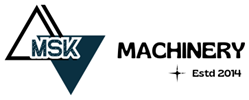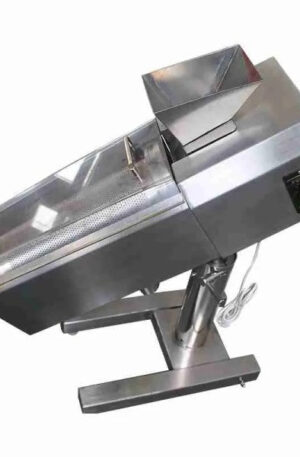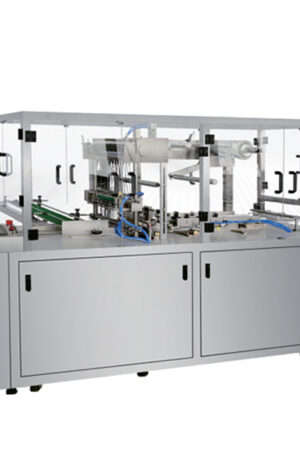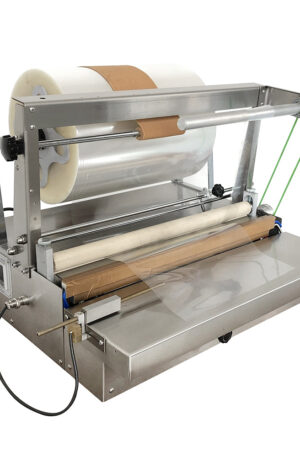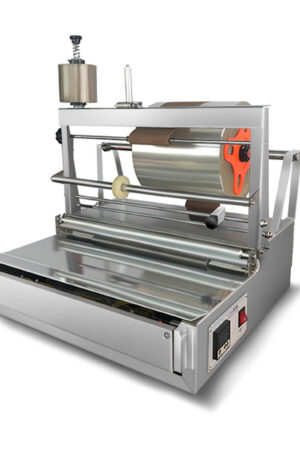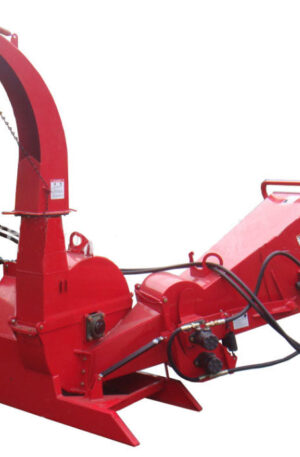Title: “The Evolution of Pharmaceutical Machinery: Innovations and Advancements”
In the ever-evolving field of pharmaceuticals, the machinery used in the production process plays a crucial role in ensuring efficiency, accuracy, and quality. Over the years, pharmaceutical machinery has undergone significant advancements to meet the growing demands of the industry. Two key pieces of equipment that have revolutionized pharmaceutical manufacturing are table press machines and capsule filling machines.
Tablet press machines, also known as tablet compressing machines, are used to compress powder formulations into solid tablets. These machines have evolved from simple manual presses to sophisticated automated systems that can produce thousands of tablets per hour. The introduction of technologies such as single-punch and rotary tablet presses has greatly improved the speed and precision of tablet production.
On the other hand, capsule filling machines are specifically designed to fill empty capsules with powdered or granulated ingredients. The development of automatic capsule fillers has revolutionized the process of encapsulation by increasing production speed and ensuring uniform filling weights. Modern capsule filling machines, such as the TDP (Tablet Deduster Machine) and THDP (Tablet Hardness Testing Machine), are equipped with advanced features to enhance efficiency and accuracy.
The TDP machine, for example, is used to remove excess dust and debris from tablets after compression, ensuring clean and well-polished tablets. On the other hand, the THDP machine measures the hardness of tablets to ensure consistency in tablet quality. These machines work in conjunction with tablet press machines to ensure that the final product meets the required pharmaceutical standards.
In recent years, the pharmaceutical machinery industry has seen a surge in technological innovations aimed at improving production efficiency and product quality. Advancements such as real-time monitoring systems, automatic adjustment functionalities, and integration of robotics have transformed the way pharmaceuticals are manufactured. These innovations have not only increased productivity but also reduced the likelihood of human error in the manufacturing process.
In conclusion, the evolution of pharmaceutical machinery, particularly table press machines and capsule filling machines, has significantly contributed to the advancement of the pharmaceutical industry. With continuous research and development, the future holds even more promising advancements in pharmaceutical machinery that will further enhance production capabilities and ensure the delivery of high-quality pharmaceutical products to meet the growing global demand.
